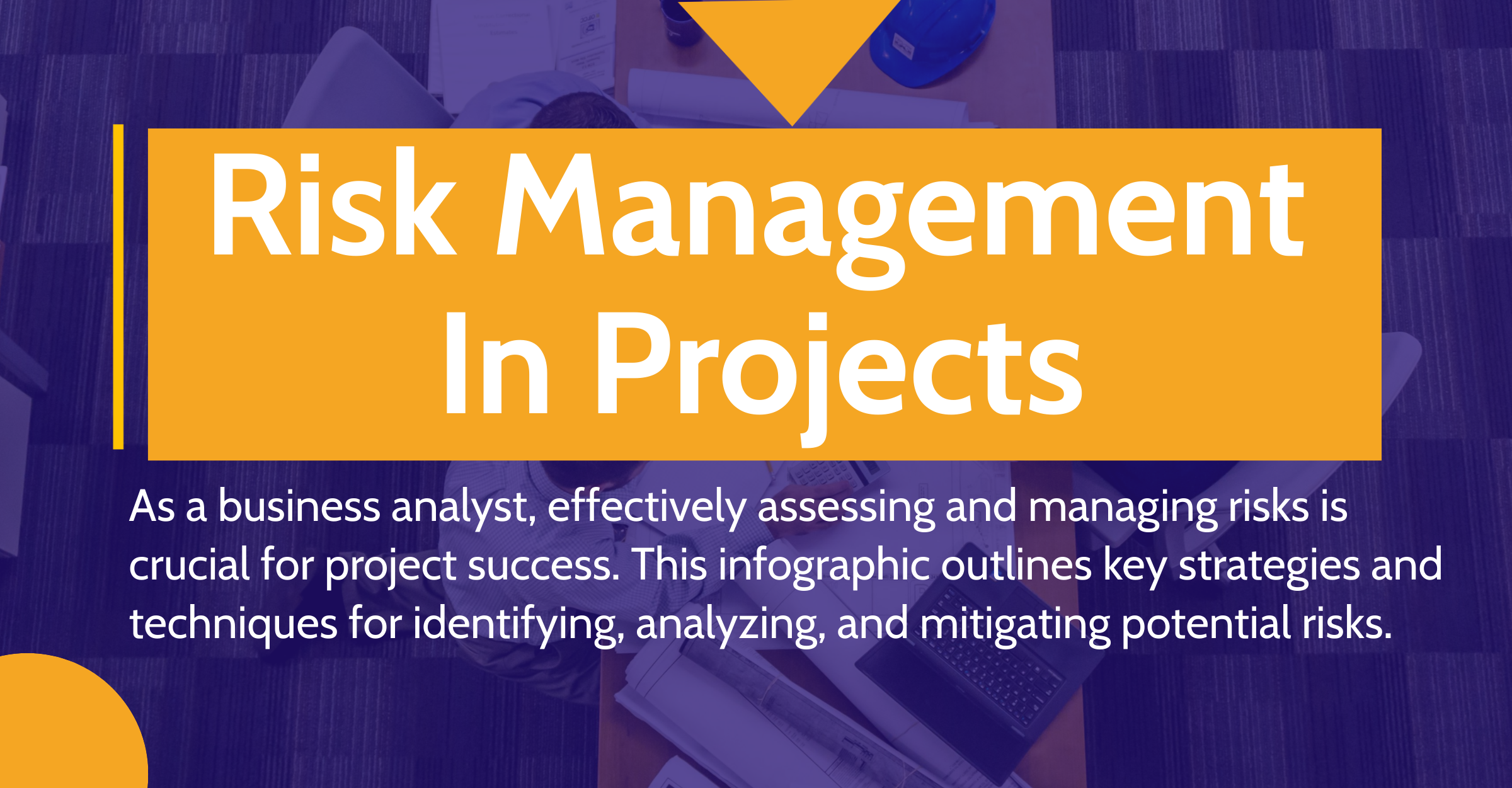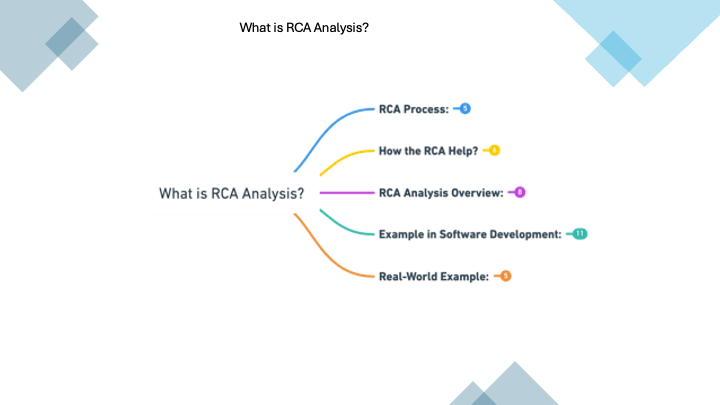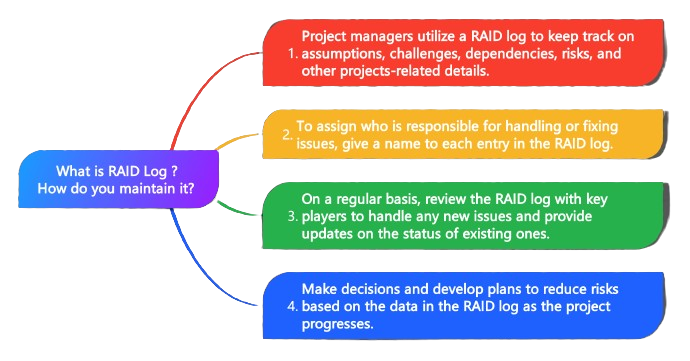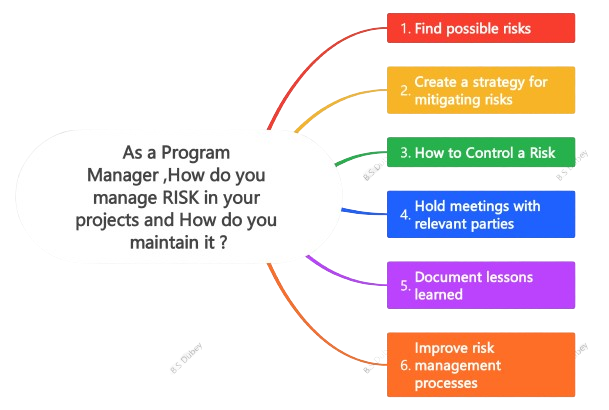What is RCA Analysis, and how does it help to fix the issue?
Root Cause Analysis (RCA) is a process of finding the root causes of the issues. The RCA investigates what is happened, why it happened, and what to do to avoid it from happening again.
- RCA Process:
- Define the problem or incident.
- Collect data and evidence related to the issue.
- Identify possible causes using techniques such as brainstorming, 5 Whys analysis, or fishbone diagrams.
- Analyze and prioritize potential causes based on their impact and likelihood..
- Develop corrective actions to address the root cause.
- How the RCA Help?
- “RCA” stands for “Root Cause Analysis.” This is a way to solve problems by finding the root reasons of a problem or issue.
- The Root Cause Analysis (RCA) helps figure to out what went wrong and how we should make sure to avoid happening again.
- Real-life example for software: If a programme crashes a lot, an RCA study might show that the crashes are caused by memory leaks because of bad coding or bugs in certain modules.
- It helps us in preventing the similar issues after implementing the issue or findings.










